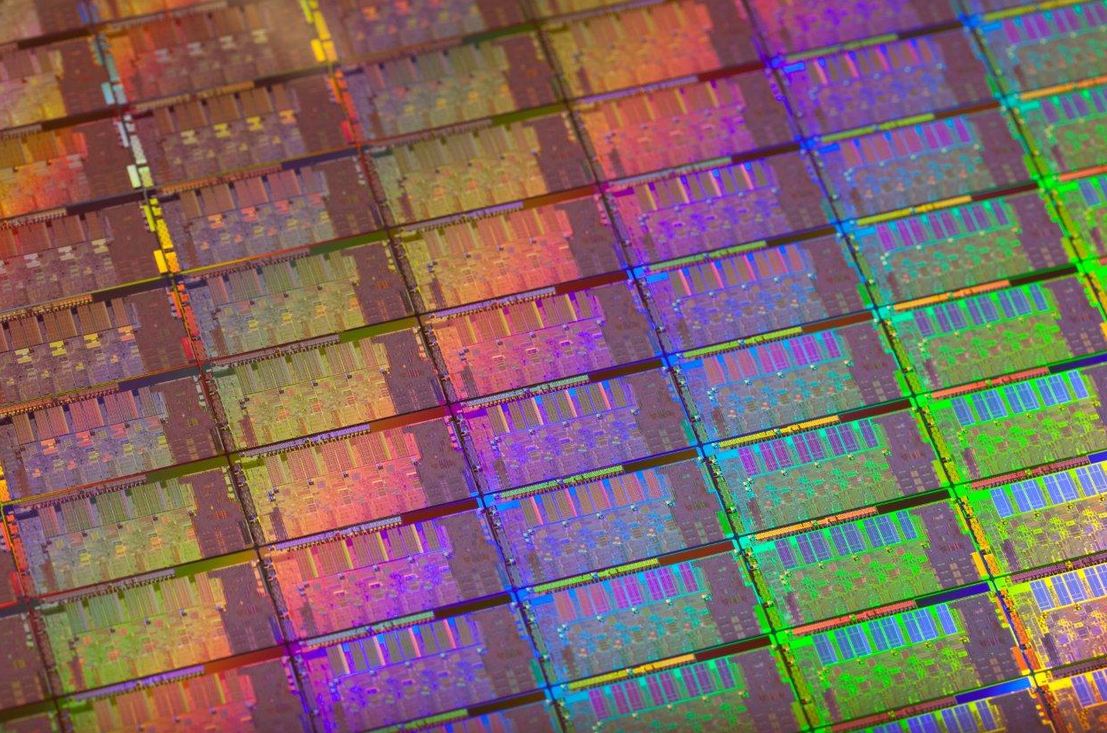Intel goes 3D with new Tri-Gate transistors
All-new transistors for 22nm mean more grunt, less power

Intel has announced that it is bringing 3D transistors to its new 22nm microchips, insisting the new tech will advance Moore' Law into new realms.
Moore's Law states that the number of transistors on an integrated circuit will double ever two years, and the move from 2D to 3D will apparently keep this on course.
The 1965 "law" is named after Intel co-founder Gordon Moore and has, so far, been upheld by Intel in the face of the increased challenge of smaller manufacturing processes and the resulting power leakage.
Intel has demonstrated a 22nm microprocessor – codenamed Ivy Bridge – that will be the first high-volume chip to use the three-dimensional Tri-Gate transistors - a nanometer is one-billionth of a meter.
Long gestation
Tri-Gate isn't a wholly new announcement - it was first mooted as a technology by Intel in 2002. But it remains that three-dimensional transistors represent a fundamental departure from the two-dimensional planar transistor structure that has powered all computers, mobile phones, car tech and consumer electronics to date.
But Intel is clearly stoked about the news. "Intel's scientists and engineers have once again reinvented the transistor, this time utilizing the third dimension," said Intel President and CEO Paul Otellini.
Sign up for breaking news, reviews, opinion, top tech deals, and more.
"Amazing, world-shaping devices will be created from this capability as we advance Moore's Law into new realms."
Intel has handily offered up a video explaining what 3D transistors actually provide, with Intel Senior Fellow Mark Bohr - you can also read on for more on the performance gains offered up by the new process.
The new Tri-Gate transistors enable chips to operate at lower voltage with lower leakage, broadly meaning improved performance and energy efficiency compared to previous state-of-the-art transistors.
The capabilities give chip designers the flexibility to choose transistors targeted for low power or high performance, depending on what they're needed for - Intel is talking about a 37 percent performance increase at low voltage versus Intel's 32nm planar transistors.
Great for mobile tech
That means the 22nm processors will be ideal for use in small handheld devices, which operate using less energy to "switch" back and forth. Alternatively, the new transistors consume less than half the power when at the same performance as 2D planar transistors on 32nm chips.
"The performance gains and power savings of Intel's unique 3-D Tri-Gate transistors are like nothing we've seen before," continues Mark Bohr.
"This milestone is going further than simply keeping up with Moore's Law. The low-voltage and low-power benefits far exceed what we typically see from one process generation to the next.
"It will give product designers the flexibility to make current devices smarter and wholly new ones possible. We believe this breakthrough will extend Intel's lead even further over the rest of the semiconductor industry."
Dan (Twitter, Google+) is TechRadar's Former Deputy Editor and is now in charge at our sister site T3.com. Covering all things computing, internet and mobile he's a seasoned regular at major tech shows such as CES, IFA and Mobile World Congress. Dan has also been a tech expert for many outlets including BBC Radio 4, 5Live and the World Service, The Sun and ITV News.